

Last month, EE rolled-out its 5G network across London, Cardiff, Edinburgh, Belfast, Birmingham, and Manchester – bringing 5G to UK consumers for the first time, since Vodafone isn't scheduled to fire up its rival network until July 3.
So, after years of promises of blisteringly fast speeds, low latency, and the potential to revolutionise everything from medical treatment to automated vehicles, smart traffic lights to VR, to... other things, porn probably, what is 5G like to actually use?
To find out, I spent the last week or so wandering around the bustling streets with a shiny new OnePlus 7 Pro 5G – the first 5G-enabled handset to launch in the UK. Although the Samsung Galaxy S10 5G, Oppo Reno 5G, and LG V50 ThinQ 5G follow this month.
- 5G UK: the networks and deals you need for 5G in the UK
- 5G explained: everything you'd ever need to know about the next-gen data tech
- Best 5G smartphones
If that list sounds like it's missing a major manufacturer, that's because it is. Plans to bring the 5G-enabled Huawei Mate 20 X 5G and Mate X to EE have been put on ice, following the recent Android ban. Oh, that other major manufacturer? Apple isn’t doing 5G yet.
5G UK: Where Can You Connect To 5G?
First off, 5G doesn't outright replace 4G. Instead, it works in conjunction with the existing mobile network. In the busiest areas of the city during its most congested times, 5G devices should still be able to achieve much faster speeds because of the extra headroom. Think of it like a clogged-up motorway on a sunny bank holiday weekend, with nothing but bumper-to-boot traffic for miles – 5G is like an extra motorway lane that only you can drive on. Well, you and any other early adopters who have taken the plunge on a brand spanking-new 5G handset.
Unfortunately, that metaphorical 5G motorway lane isn't available everywhere – even in London, where the 5G network is now "available", there are streets, stations, and parks where there is no 5G coverage to be found. As such, if we can stretch our clunky metaphor to breaking point – don't expect to always be able to rely on your 5G super-highway being there... there'll likely be large swathes of your morning commute where you're stuck in traffic like everyone else.
Helpfully, EE has provided an incredibly detailed heat-map of each of the six cities where its 5G network is now available. Before taking the plunge, it's well worth scouring the map and checking that at least some of your most frequently visited spots are included in the 5G-touting zone. EE will continually update the map as its network expands. But if your home and office aren't in the right location, it might be worth giving a miss and sticking with good ol' 4G for now.
Sign up to the T3 newsletter for smarter living straight to your inbox
Get all the latest news, reviews, deals and buying guides on gorgeous tech, home and active products from the T3 experts
Annoyingly, the T3 Offices are slap-bang in the middle of one such blackhole – relegating our cutting-edge OnePlus 7 Pro 5G to the 4G network of yore. Fortunately, it doesn't take much of a walk before I was able to pick-up a strong 5G signal.
When you're on 5G, it's brilliant. The speeds can be ludicrously fast. But more often than not, they're just consistently great.

5G UK: Just How Fast Is It?
EE expects its customers to experience a boost in speeds of around 100-150Mbps in the busiest areas. That gives you speeds that are within the theoretical top of the range of what can be achieved on 4G but you're going to be hitting them almost constantly. Just reaching those speeds in the busiest areas is hugely impressive.
Connecting to a 5G signal means you'll be able to instantly refresh your social media feeds, plan a route on Google Maps, or nip to the front of the queue in that all-important TicketMaster pre-sale – all while around you crowds of people with 4G handsets are gawping at endless loading animations while their apps grind to a halt, cutting off their videos in the middle of someone's senten-
Of course, it's not just about consistency. If you're in the right place at the right time, 5G handsets can blast past the upper limit of what can be achieved on 4G, which tops-out at a (very) theoretical limit around 300Mbps. I was seeing speeds that put fibre broadband to shame, but that does fluctuate as you move between cell towers.
In my time with 5G, the OnePlus 7 Pro 5G sped past 400Mbps on occasions. That's fast. In fact, it's so fast that app creators will need to update their software to take advantage of these new speeds. I did notice a few quirks with Android apps that were clearly dumbfounded by the internet speeds suddenly available to them.
For example, if you scrub forward in a YouTube video – well past what has already buffered – there's no pause as the phone catches up and loads the next part of the clip. It just plays immediately. However, since Android apps are so used to making people wait to buffer, there's a grey filter applied on-top of the video – which is usually used to indicate that it's loading – even though the clip is already playing.
Like any new tech, there'll be a teething period while apps are updated, settings are tweaked... early 5G adopters will need to get used to that
Likewise, by default, the YouTube app only loads two dozen or so search results, so you'll find yourself hitting the bottom of the list and having to refresh quite often. This is a (sensible) decision from the app manufacturers as defaulting to loading up 100 or so video results every time you search for something on YouTube would cause any device on a typical 4G to start spitting feathers.
It'll take a while for app creators to start tweaking their apps to take full advantage of the seriously impressive new speeds available to some handsets.
Like any new technology, there will be a teething period while apps are updated, settings are tweaked... if you're thinking of becoming an early adopter of 5G, it's something you'll need to get used to. One thing you won't have to get used to is sh*t battery life – something that people were terrified would be the case with the new network technology ahead of its launch. In our time with the OnePlus 7 Pro 5G it didn't get uncomfortably warm, and didn't burn through battery as it hit 5G speeds.
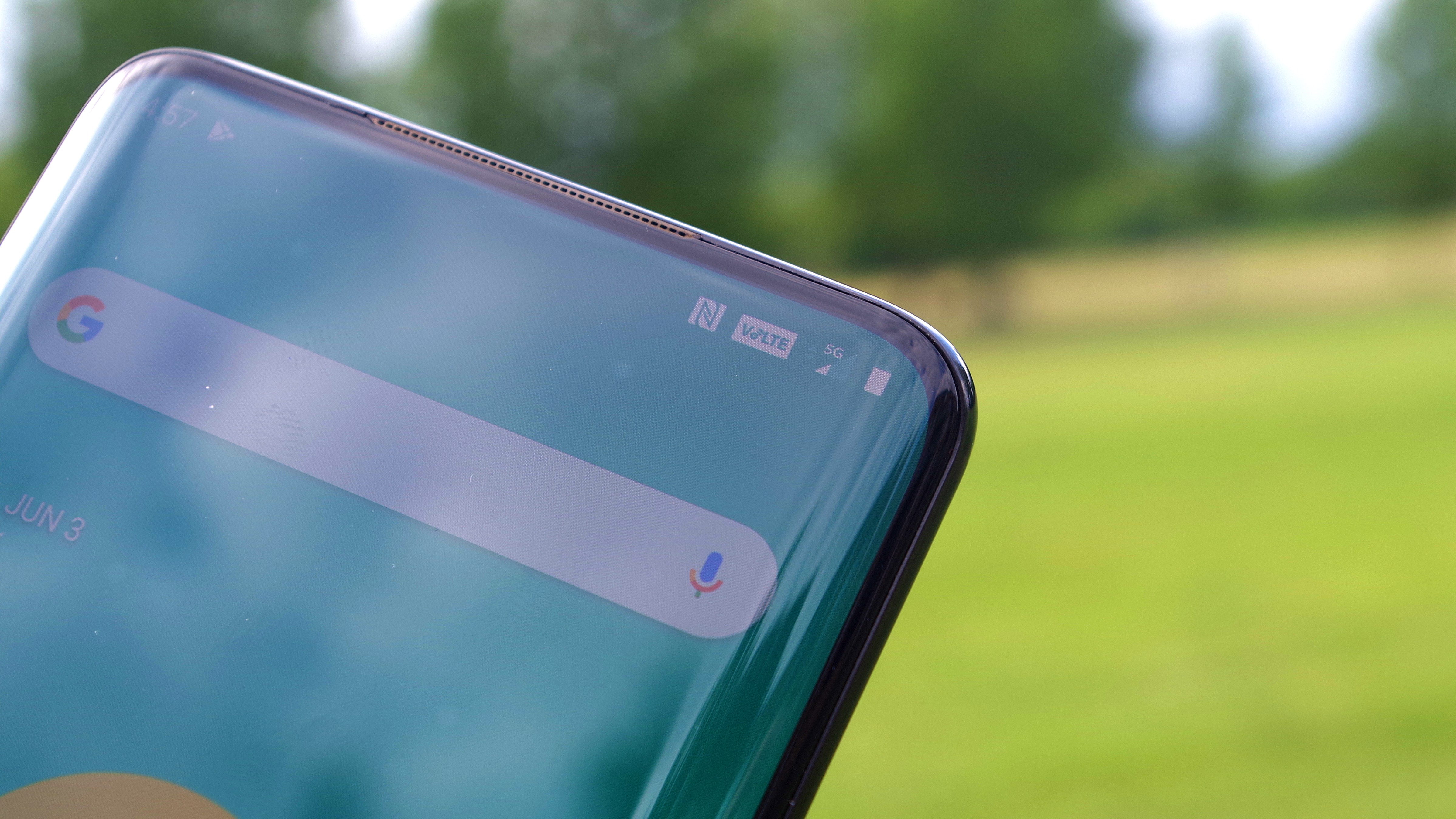
5G UK: Our Early Verdict
That pretty much sums up 5G in the UK right now. It can be preposterously fast, while other times it can just be enough that your phone doesn't grind to a halt along with everyone else in a busy train station. It's available in the busiest areas, but it might not be available in your home, office, or your favourite local coffee shop. It's worth checking all of these out before you cough up anything quite yet.
If you're always tethering your smartphone to work remotely on your laptop, these speeds could drastically boost your workflow. After all, you'll have a fibre broadband connection in your pocket at any time – location permitting, naturally.
If you just want to ensure there's never any stutter as you flit between Spotify tracks, or want a mobile connection that'll let you download a movie in the seconds before you board a longhaul flight instead of pre-planning and doing it at home the night before, you need 5G now.
For most, UK's inaugural 5G network is a bit of a luxury, but who doesn't love a bit of luxury?
5G UK: How Much Does It Cost?
5G device contracts on EE start from £54 per month. For that you'll get a 10GB monthly data allowance and the Oppo Reno 5G. This plan also carries a one-off £170 upfront cost for the smartphone. The most expensive EE plans max-out at £89 a month for 120GB of data and either the Samsung Galaxy S10 5G (£10 upfront) or the LG V50 ThinQ 5G (£10 upfront). All EE 5G plans come with unlimited calls and texts.
EE has also introduced something it's branded Swappable Benefits. These perks can be changed at will from within the EE app and offer a number of nifty bonuses, like the ability to stream Netflix, BT Sport, Apple Music, Tidal, Prime Video, and MTV without eating into your monthly data allowance.
You can also stream BT Sport on your phone in HDR for free, or take your monthly mobile data, minutes and text message allowance to a number of extra countries – like the United States – for no extra cost.
EE also offers 5G SIM-only plans for those who prefer to buy their phone outright. These start from £37 a month for 40GB of data and two Swappable Benefits.
As a former Staff Writer for T3, Aaron writes about almost anything shiny and techie. When he’s not barking orders at Alexa-powered microwaves or gawping at 5G speed tests, Aaron covers everything from smartphones, tablets and laptops, to speakers, TVs and smart home gadgets. Prior to joining T3, Aaron worked at the Daily Express and and MailOnline.
-
 These British-built luxury speakers are so striking they’ll stop you in your tracks
These British-built luxury speakers are so striking they’ll stop you in your tracksStratton Acoustics' luxury speakers look stunning and promise performance to match
By Carrie Marshall
-
 Three exercises to 'life-proof' your shoulders, according to a mobility expert
Three exercises to 'life-proof' your shoulders, according to a mobility expertHealthy shoulders mean better movement, more strength and less injury
By Bryony Firth-Bernard
-
 EE rolls out 5G upgrades for even more Brits to enjoy
EE rolls out 5G upgrades for even more Brits to enjoyEE expands its standalone 5G network to additional towns and cities in the UK
By Rik Henderson
-
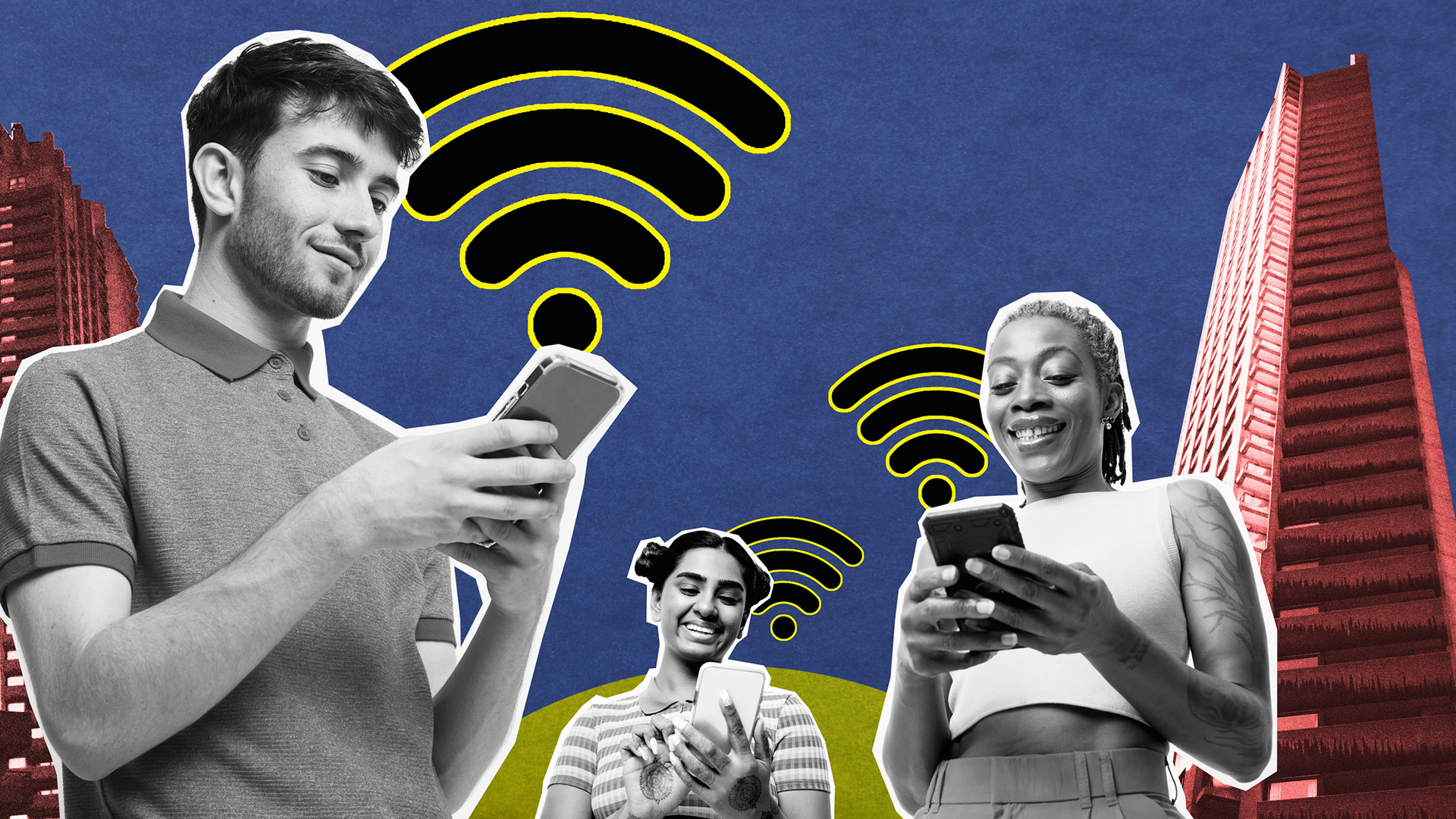 So where’s the promised 5G revolution?
So where’s the promised 5G revolution?Jon Bentley is disappointed that 5G hasn’t transformed the way we live – but he hasn’t given up hope just yet
By Jon Bentley
-
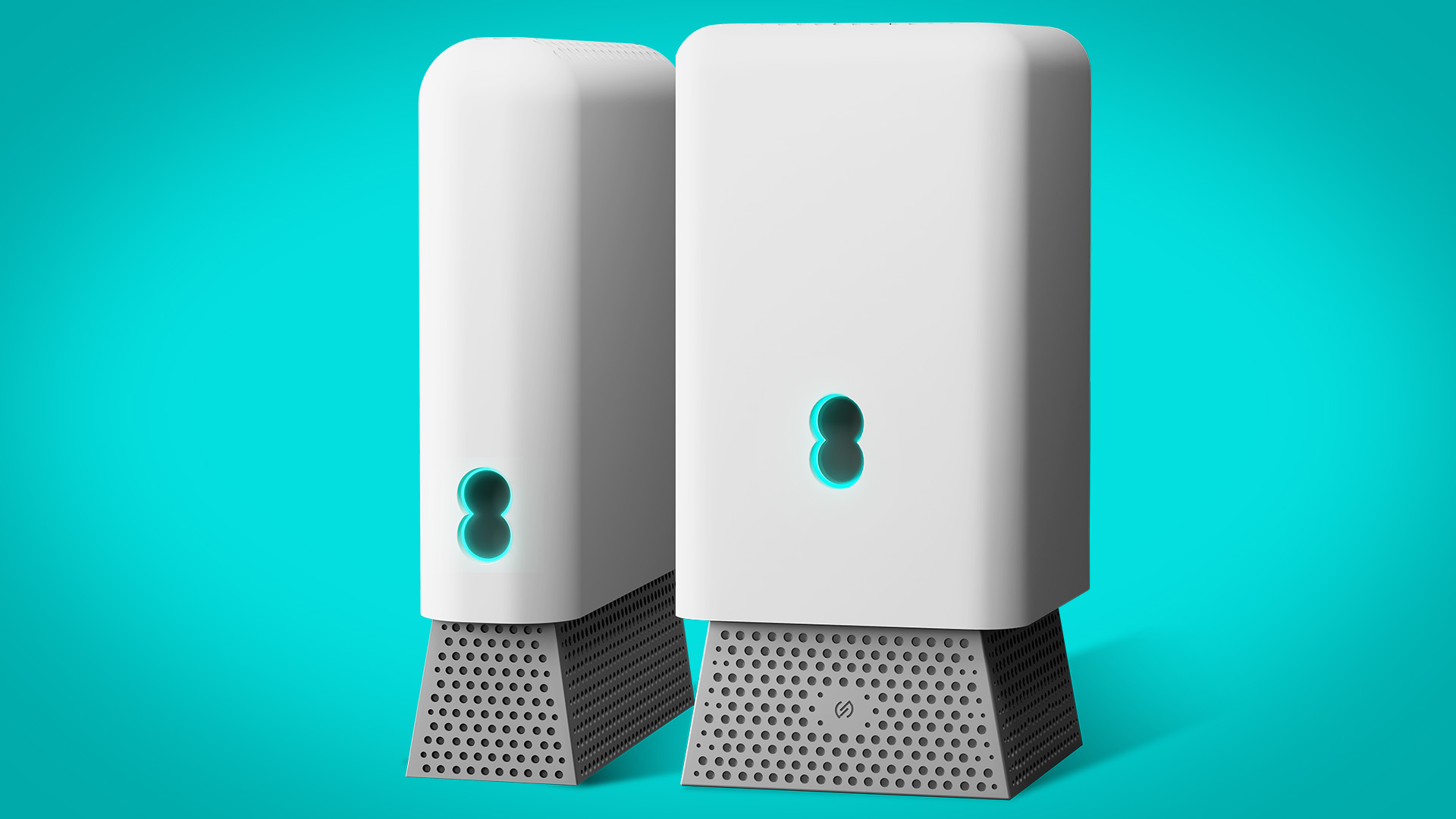 EE Wi-Fi 7 router leaks again with more images
EE Wi-Fi 7 router leaks again with more imagesWe've learnt more about EE's Smart Hub Pro which will deliver faster home Wi-Fi for gaming and video
By Mat Gallagher
-
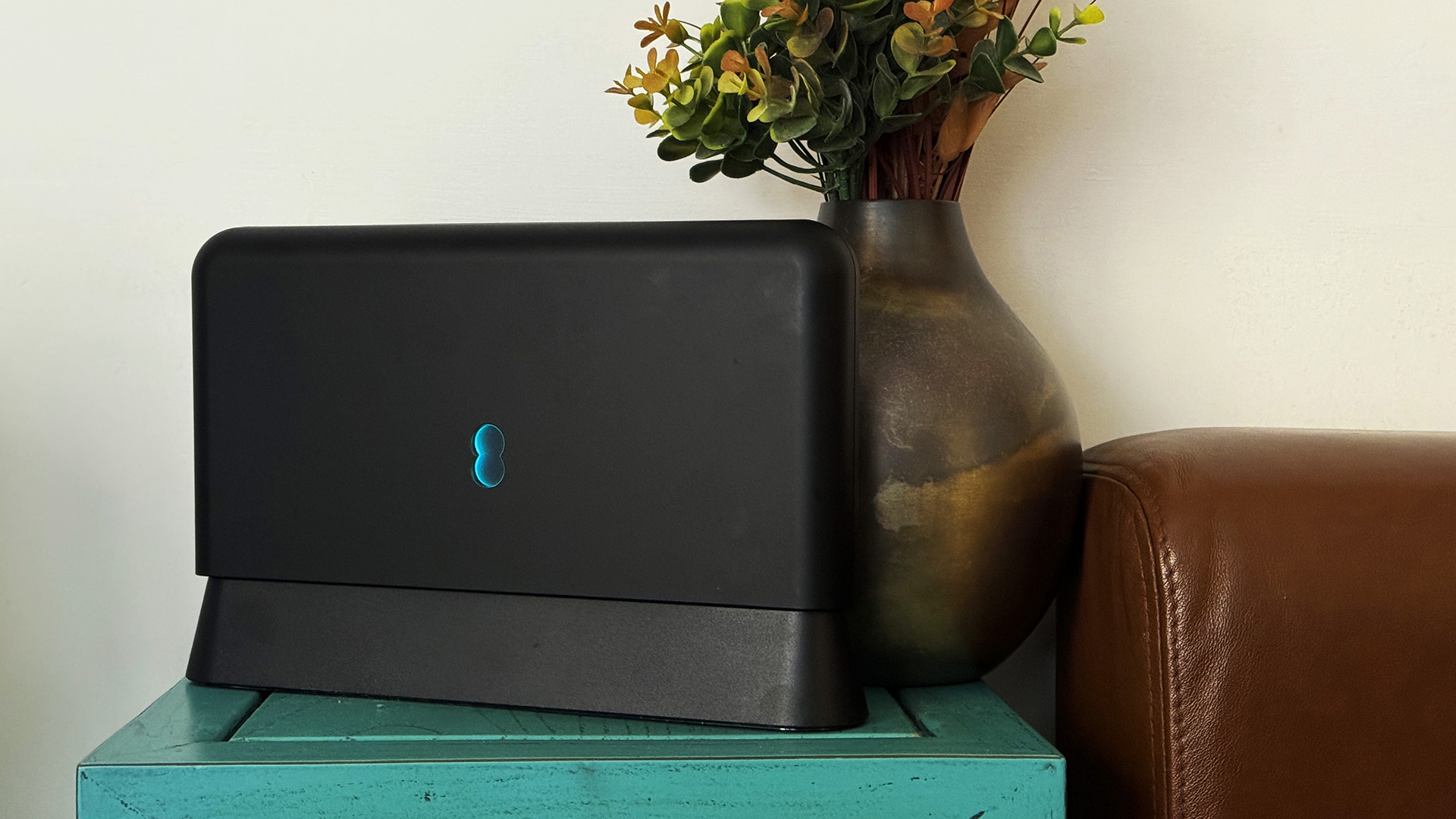 EE Smart Hub Plus wireless router review: a smarter way to manage home internet
EE Smart Hub Plus wireless router review: a smarter way to manage home internetEE’s flagship hub provides great coverage through the home and manage your connections
By Mat Gallagher
-
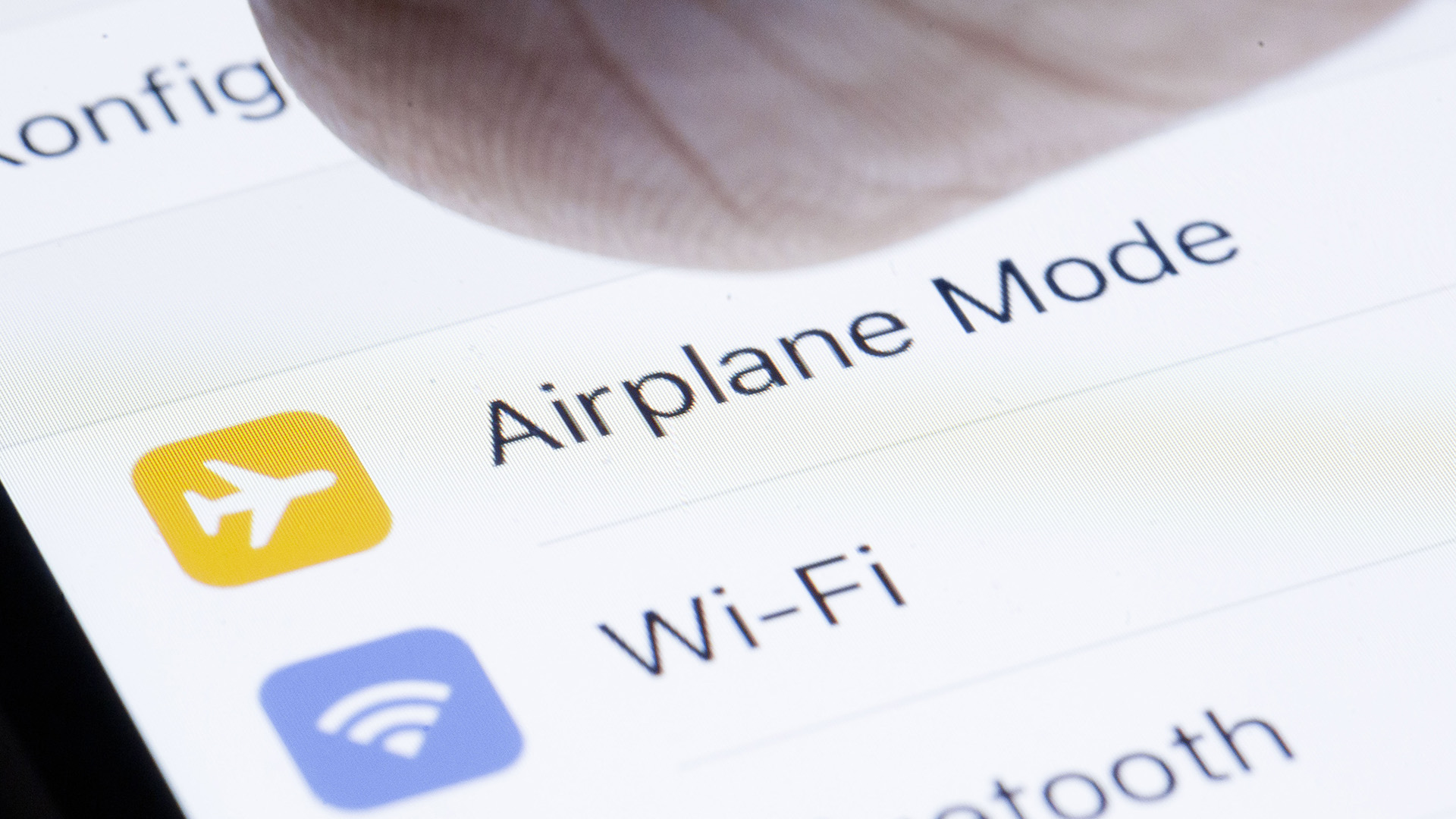 5G in-flight: EU scraps the need for Airplane Mode from 2023
5G in-flight: EU scraps the need for Airplane Mode from 2023If you're flying in Europe next year, you won't need to switch to Airplane Mode for takeoff
By Mat Gallagher
-
 Google Pixel 7 review: yet another smartphone success story
Google Pixel 7 review: yet another smartphone success storyThe Google Pixel 7 has just about everything you could want from a smartphone in 2022 - and it's reasonably priced too
By Yasmine Crossland
-
 3 reasons mobile gamers will love the OnePlus 10T
3 reasons mobile gamers will love the OnePlus 10TThe OnePlus 10T is a performance-focused flagship smartphone that will be particularly well suited to gamers
By Yasmine Crossland
-
 3 reasons to buy a OnePlus 10T over a Samsung Galaxy S22 — and 2 not to
3 reasons to buy a OnePlus 10T over a Samsung Galaxy S22 — and 2 not toBoth are excellent Android smartphones, but there are a few factors that will determine which one will be best for you
By Yasmine Crossland